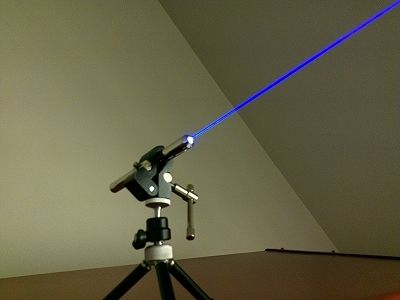- Joined
- Oct 2, 2015
- Messages
- 177
- Points
- 0
Hello all,
SPECS of the build.
-I'm building a 1.5W 445nm (M140)laser w/X-Drive/SXD
-8V with 2 10440
HOST I'm building laser into.

First of all.
Do anyone here know what a "case" wire means?
I followed the styropyro tutorial on these kind of pen build and it's saying the "case" wire is touching the "case" or "the host". Not sure what that meant.:wtf:
(A picture to a better understanding)


Also, if anyone can show me how to add a led indicator as shown below.

Thanks
SPECS of the build.
-I'm building a 1.5W 445nm (M140)laser w/X-Drive/SXD
-8V with 2 10440
HOST I'm building laser into.

First of all.
Do anyone here know what a "case" wire means?
I followed the styropyro tutorial on these kind of pen build and it's saying the "case" wire is touching the "case" or "the host". Not sure what that meant.:wtf:
(A picture to a better understanding)


Also, if anyone can show me how to add a led indicator as shown below.

Thanks
Last edited:








